Grace Under Pressure by Rush
Buy Grace Under Pressure For their tenth studio album, Grace Under Pressure, Rush brought in producer Pete Henderson, after employing Terry Brown for eight consecutive studio albums, dating back to Fly By Night […]
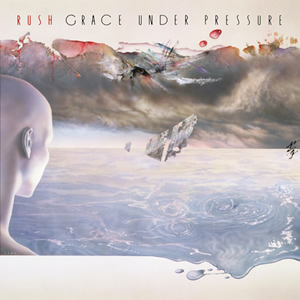
Buy Grace Under Pressure For their tenth studio album, Grace Under Pressure, Rush brought in producer Pete Henderson, after employing Terry Brown for eight consecutive studio albums, dating back to Fly By Night […]
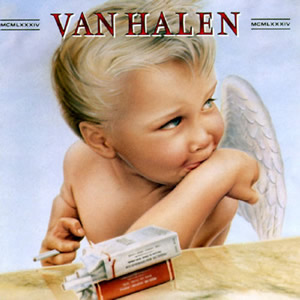
Buy 1984 The original lineup of Van Halen reached their artistic and commercial apex with their final album together. 1984 (officially titled using Roman Numerals MCMLXXXIV) was released near the start of the […]
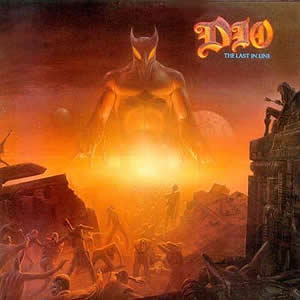
Buy The Last in Line After stints in several rock groups, Ronnie James Dio found his popular groove in the early eighties with the founding of the group, Dio. Although this band was […]
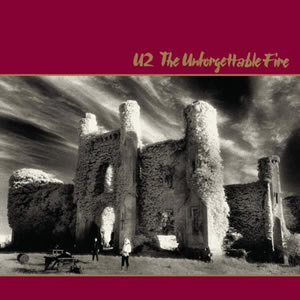
Buy The Unforgettable Fire U2 decided to take a bit of a turn following their initial mainstream success. They brought in producers Brian Eno and Daniel Lanois to forge the ambient sound of […]
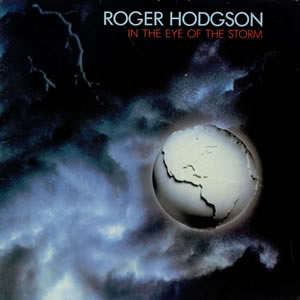
Buy In The Eye Of The Storm Although it was not a great commercial success, Roger Hogdson‘s debut album did well in advancing the compositional foundation that he established in his decade-plus as […]

Buy The Works The Works was sort of a comeback album by Queen in 1984. We say “sort of” because the group never really went away, they just faced a major commercial flop […]
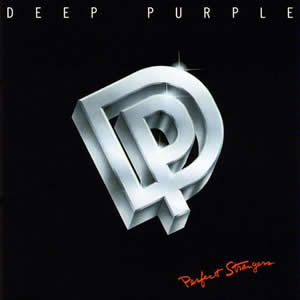
Buy Perfect Strangers Through the past half century of classic rock and roll, there have been scores (if not hundreds) of major group reunions, with very mixed results. However, there have been very […]
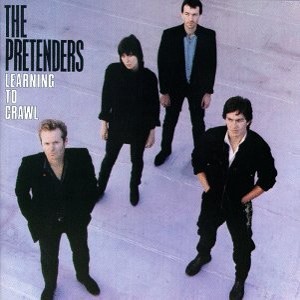
Buy Learning to Crawl Following a very tumultuous period where two band members lost their lives due to drug overdoses, Learning to Crawl, was a bit of an early career comeback album for […]

Buy The Lamb Lies Down on Broadway Perhaps the most “out there” album by Genesis as well as out Classic Rock Review Album of the Year, The Lamb Lies Down on Broadway, is […]
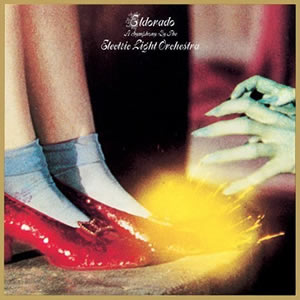
Buy Eldorado Electric Light Orchestra (ELO) made a huge leap forward with Eldorado, the first complete concept album by the group. Rich melodies with various rock and classical influences made this album highly […]